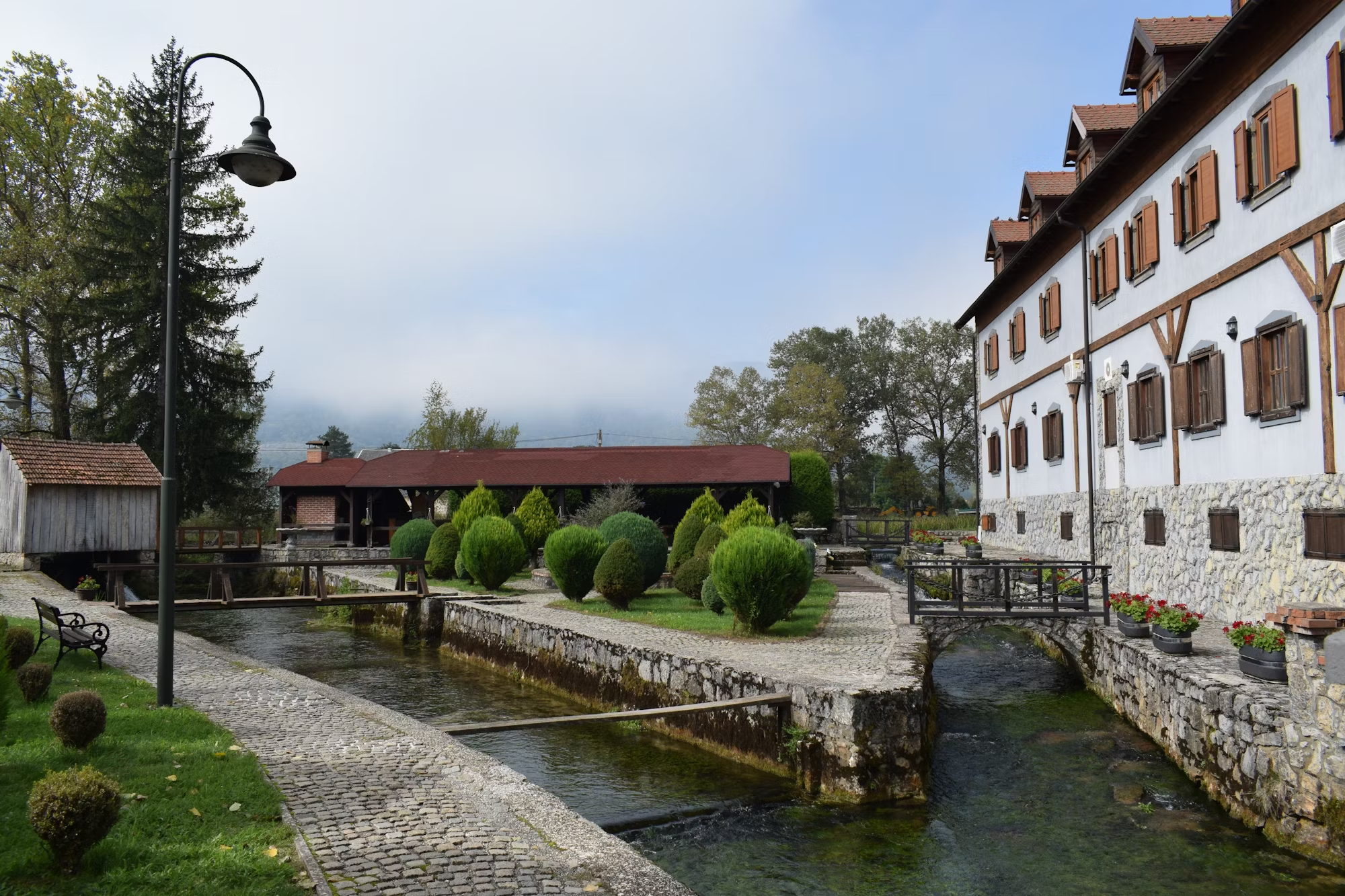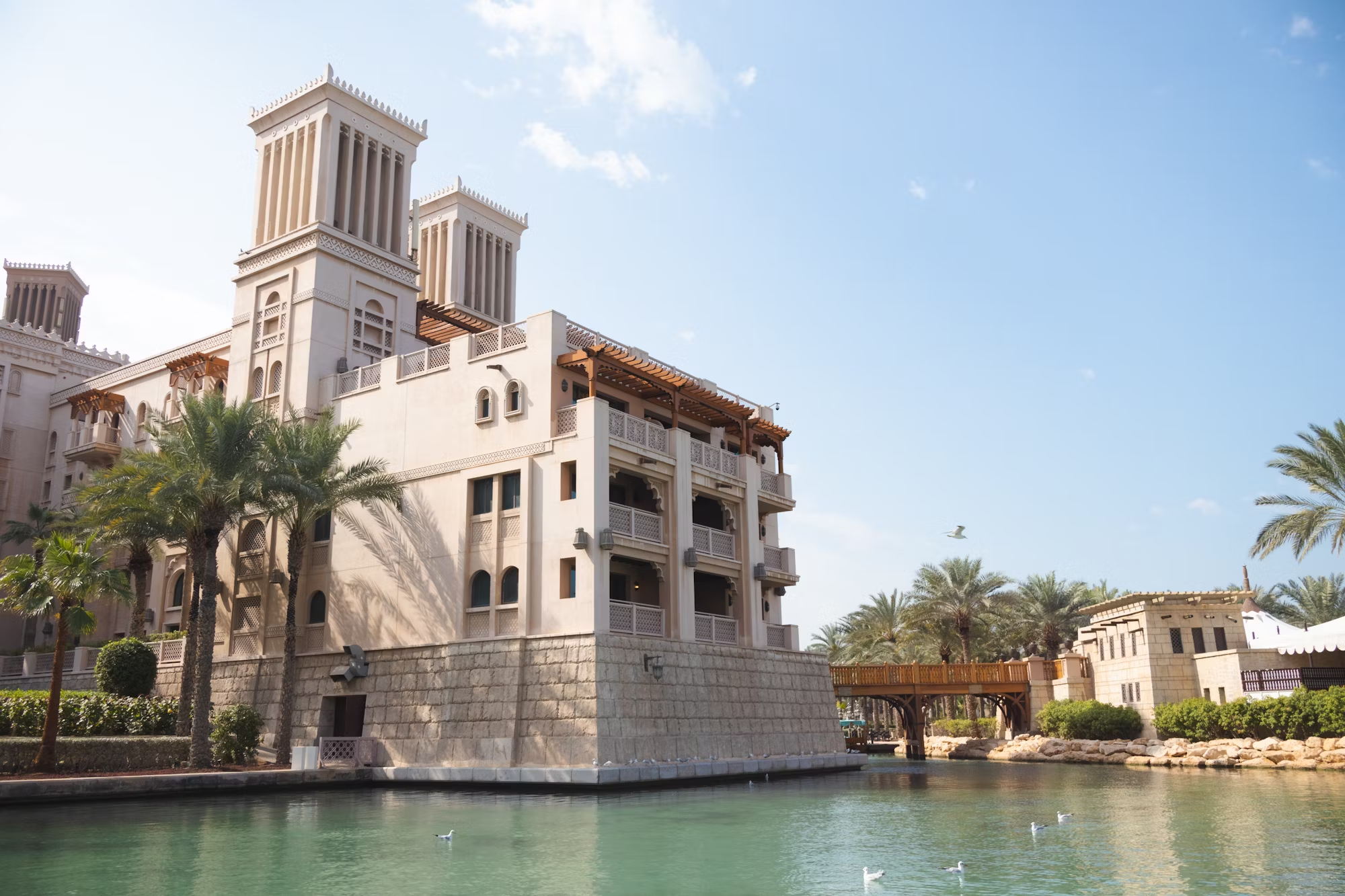Balinese villas have long been celebrated for their peaceful ambiance, intricate design, and connection to the natural world. Offering an exquisite blend of traditional Balinese architecture and modern luxury, these villas are often seen as a sanctuary from the hustle and bustle of everyday life. Nestled within lush landscapes, surrounded by tranquil water features, and featuring open-plan designs that blur the lines between indoor and outdoor spaces, Balinese villas embody a lifestyle focused on relaxation, spiritual well-being, and connection to nature. In this article, we will explore the elements that make Balinese villas so unique and why they remain a sought-after choice for those seeking a retreat that balances luxury and authenticity.
The Essence of Balinese Architecture
At the heart of Balinese villa design is the island’s rich cultural heritage. Traditional Balinese architecture is deeply influenced by the island’s Hindu culture, with designs that focus on creating harmony with nature and a sense of balance between the spiritual and physical realms. Key elements of Balinese architecture, such as open-sided pavilions, thatched roofs, and the use of local materials, continue to play an integral role in the design of modern Balinese villas.
One of the most striking aspects of Balinese design is the use of open spaces. Unlike many Western architectural styles, which often prioritize privacy and separation, Balinese villas are built to connect the inhabitants to the surrounding environment. The concept of “outdoor living” is central to Balinese architecture, and many villas feature large open pavilions, private gardens, and tranquil courtyards that allow residents to embrace the outdoors in a seamless way.
– Open-Plan Layouts: Balinese villas are designed with an open-plan layout, where large sliding doors and expansive windows allow the indoors to flow effortlessly into the outdoors. The focus on natural ventilation and sunlight creates a light, airy environment that enhances the sense of openness and connection with nature. Many villas feature high ceilings with exposed wooden beams, adding to the sense of space and grandeur.
– Traditional Thatched Roofs: One of the most recognizable features of Balinese villas is the use of thatched roofs made from local materials such as alang-alang grass or coconut leaves. These roofs are designed to keep the interiors cool by providing natural insulation while also contributing to the distinctive, rustic charm of the villas. The sloping rooflines often evoke the form of traditional Balinese temples, giving the homes a spiritual and cultural significance.
– Wood and Stone Materials: The use of natural materials like wood, stone, and bamboo is integral to the design of Balinese villas. These materials are sourced locally, helping to ensure that the villas blend harmoniously with the surrounding environment. Teak wood, in particular, is a favored material for furniture and structural elements due to its durability and natural beauty. Stone is used for flooring and pathways, while bamboo accents add a light, organic feel to the villa’s design.
The Role of Water Features in Balinese Villas
In Balinese culture, water is seen as a symbol of life and purification. It plays a central role in the design of traditional Balinese temples, where elaborate fountains and water gardens are common. This reverence for water is reflected in the design of Balinese villas, where tranquil water features such as ponds, fountains, and cascading waterfalls are often integrated into the landscaping. These water features not only add to the aesthetic appeal of the villa but also contribute to a calming, meditative atmosphere.
– Ponds and Pools: Many Balinese villas feature serene ponds or infinity pools that reflect the surrounding tropical landscape. These pools often blend seamlessly with the natural surroundings, creating an illusion of infinity where the water seems to merge with the sky or the distant mountains. The sound of gently flowing water enhances the peaceful, tranquil ambiance, making it ideal for relaxation.
– Water Gardens: Water gardens, with their carefully placed lilies, lotus flowers, and decorative stones, are a common feature in Balinese villa landscaping. These gardens evoke a sense of serenity and balance, which is essential to the philosophy of Balinese architecture. The visual beauty of the water, combined with its calming sound, creates a harmonious environment conducive to relaxation and contemplation.
The Fusion of Traditional and Modern Design
While Balinese villas are rooted in traditional architectural styles, modern design elements have been seamlessly integrated into these properties to create a luxurious, contemporary living experience. Modern Balinese villas are characterized by sleek lines, minimalist aesthetics, and high-end amenities that meet the needs of today’s discerning buyers, all while maintaining the essence of Balinese cultural values.
– Minimalist Interiors: Inside a Balinese villa, the design often leans toward minimalist principles, with clean lines, open spaces, and a focus on natural materials. Furniture is typically crafted from wood or rattan and often features simple, elegant designs. While the aesthetic is minimalist, it is not cold or stark. Instead, the interiors exude warmth and comfort, creating an inviting atmosphere for both relaxation and entertainment.
– Modern Amenities: Balinese villas offer all the comforts and amenities of modern luxury living, with fully equipped kitchens, high-tech entertainment systems, and luxurious bathrooms featuring spa-like features such as soaking tubs and rain showers. Many villas also incorporate smart home technology, allowing homeowners to control lighting, temperature, and security from their smartphones or tablets.
– Eco-Friendly Features: With sustainability being a priority for many villa owners, modern Balinese villas often incorporate eco-friendly design elements, such as solar panels, rainwater harvesting systems, and energy-efficient lighting. These features allow homeowners to enjoy the natural beauty of Bali while minimizing their environmental footprint.
Outdoor Living: The Heart of Balinese Villas
The indoor-outdoor living experience is at the heart of Balinese villa design. The tropical climate of Bali, with its warm temperatures and abundant sunshine, makes outdoor living both comfortable and desirable. Balinese villas are designed to take full advantage of the outdoor environment, with expansive gardens, terraces, and covered pavilions that invite relaxation and socializing.
– Alfresco Dining and Entertaining: Outdoor dining areas are a key feature of Balinese villas. Many homes include spacious dining pavilions with open-air seating, allowing homeowners to enjoy meals with family and friends in the midst of nature. These areas often feature comfortable lounge seating, making them perfect for evening cocktails or casual gatherings.
– Yoga and Meditation Spaces: Given the spiritual significance of Bali, many Balinese villas feature dedicated spaces for yoga, meditation, or quiet reflection. These tranquil areas, often set amidst lush gardens or overlooking serene water features, offer the perfect environment for mindfulness and relaxation.
– Private Gardens: Private gardens are a hallmark of Balinese villa living. With their carefully designed landscapes, these gardens offer a sanctuary where residents can enjoy peace and solitude. Pathways lined with fragrant flowers, shaded areas for reading or resting, and seating areas that invite contemplation are all designed to create a harmonious connection with nature.
The Lifestyle of a Balinese Villa Owner
Owning a Balinese villa is more than just having a beautiful home; it’s about embracing a way of life centered around relaxation, culture, and connection with nature. The lifestyle that comes with owning a Balinese villa is one of tranquility, luxury, and simplicity.
– Health and Wellness: Many villa owners use their Balinese retreats as a place to rejuvenate their minds and bodies. Bali has become a global hub for wellness tourism, with numerous spas, yoga retreats, and meditation centers located on the island. Many villas offer private wellness services, such as in-house yoga instructors, massage therapists, and chefs specializing in healthy, organic cuisine.
– Cultural Immersion: Living in a Balinese villa allows homeowners to immerse themselves in the island’s rich cultural heritage. The opportunity to experience traditional Balinese rituals, attend local festivals, and participate in community events adds a unique dimension to villa ownership. For many, owning a villa in Bali is as much about embracing the culture as it is about owning a luxurious property.
– Seclusion and Privacy: Balinese villas are often located in secluded areas, offering owners complete privacy and a sense of escape from the outside world. Whether nestled in the mountains or located near the beach, these villas provide a peaceful retreat where one can disconnect from the stresses of modern life and reconnect with nature.
Conclusion: The Timeless Appeal of Balinese Villas
Balinese villas offer an unparalleled combination of traditional beauty, modern luxury, and an emphasis on outdoor living. With their open-plan layouts, use of natural materials, tranquil water features, and connection to the surrounding landscape, these villas create an environment that is both peaceful and luxurious. Whether seeking a retreat for relaxation, a home for spiritual renewal, or a sophisticated sanctuary for entertaining, Balinese villas provide an exceptional living experience that is both timeless and contemporary.
For those looking to embrace a lifestyle that celebrates nature, culture, and luxury, a Balinese villa is the perfect place to call home. As Bali continues to captivate people from around the world, the allure of these unique and beautiful homes will undoubtedly remain a symbol of relaxation, tranquility, and refined living.



